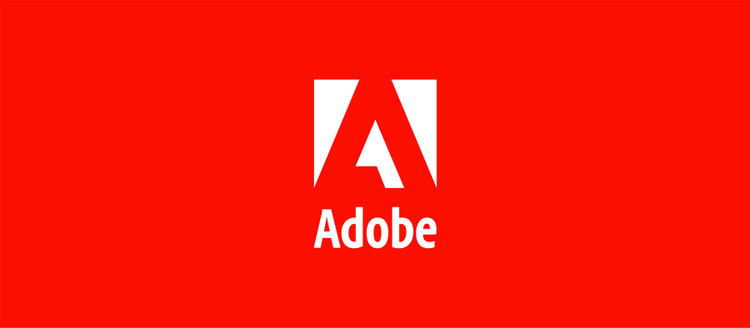With MSFT, Truepic, Arm, Intel and the BBC, Adobe founded the Coalition for Content Provenance and Authenticity to help people uncover content that is authentic.
Today I’m proud to announce a critically important milestone for the Content Authenticity Initiative. Along with Microsoft, Truepic, Arm, Intel and the BBC, Adobe has founded the Coalition for Content Provenance and Authenticity (C2PA). The C2PA is the organization that will advance the work of open specification development toward broad adoption of provenance standards.
When we started the CAI, we said it would be developed openly, collaboratively with many partners, and that it would embrace diverse areas of expertise and viewpoints. As a formal coalition for standards development, the C2PA adopts this mission under the auspices of the Linux Foundation via the Joint Development Foundation (JDF) project structure. Work on CAI specifications done to date will move to the C2PA and will join work from Microsoft and BBC-backed Project Origin, which has focused on provenance for publisher workflows. It is a mutually governed consortium created to accelerate the pursuit of pragmatic, adoptable standards for digital provenance, serving creators, editors, publishers, media platforms, and consumers. Its charter prioritizes careful, thoughtful architecture for a future of verifiable integrity in media.
The founding members of the C2PA and those that join the Coalition after today share a commitment to creating standards that bolster the public’s understanding of what is real and what is not. We aim to enable cryptographically verifiable facts about content to engender trust across all the surfaces through which we consume content.
At the intersection of media, journalism, creativity and technology lies a core, essential requirement of transparency. It enables those experiencing content to know what that content is and where it came from. Without transparency, the continued increase in misinformation we have witnessed in recent months is inevitable. But, armed with secure, verifiable provenance data, fact-checkers, human rights defenders, and consumers alike will be able to make informed decisions about what to trust online. We, along with the other founding members of the C2PA, aspire to rebuild the public’s trust in online content through broad adoption of this idea.
As the C2PA undertakes the work of creating the technical foundation for a future of transparency, the CAI will continue to foster a broad, expansive, and diverse community of stakeholders. We will do this through three key areas of focus:
- With advocacy and education, we will promote the core idea of digital provenance and bring feedback to standardization efforts. With events, newsletters, and a growing community, we will celebrate progress and embrace challenges in the ever-evolving media and creative ecosystems, together.
- By prototyping implementations with partners in this community, we will vet the foundational technical concepts in real-world contexts at scale. We recognize a clear responsibility to not only specify and promote the core tenets of provenance, but to build them using running code and approachable user experiences.
- And, with Adobe’s unequalled community of creative professionals, from photojournalists to artists and creators of groundbreaking content, we will deliver CAI creation experiences across the Creative Cloud, ensuring interoperability with others building devices, applications, and platforms, all using the emerging standards of the C2PA.
Underlying the work done by Adobe on the CAI is a strong commitment to openness—open source, open specifications, open security review, and above all, open participation and a welcoming community. This commitment extends Adobe’s long-standing focus on open standards development, which has produced, among others, XMP, DNG, and PDF. It is part of our DNA, and it is a core part of everything we do in the CAI.
2020 was a year of discovery and foundation building for the CAI. The team built on the momentum generated by the CAI white paper by forging partnerships for future collaboration, which culminated in December’s launch with Truepic and Qualcomm, demonstrating the pragmatic interoperability of cameras, editing tools, and publishing processes, all centered around the CAI provenance data specification. This marked the first full lifecycle demonstration of the technology and propelled the CAI into its next phase of progress.
Today’s founding of the C2PA represents an important step forward. However, the founding members represent but a small number of the organizations and individuals whose work will contribute to the path forward. I encourage standards-focused technologists to learn more about joining the C2PA, and I invite everyone reading this to be part of the journey ahead by joining the CAI.



